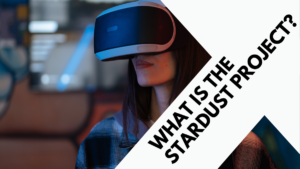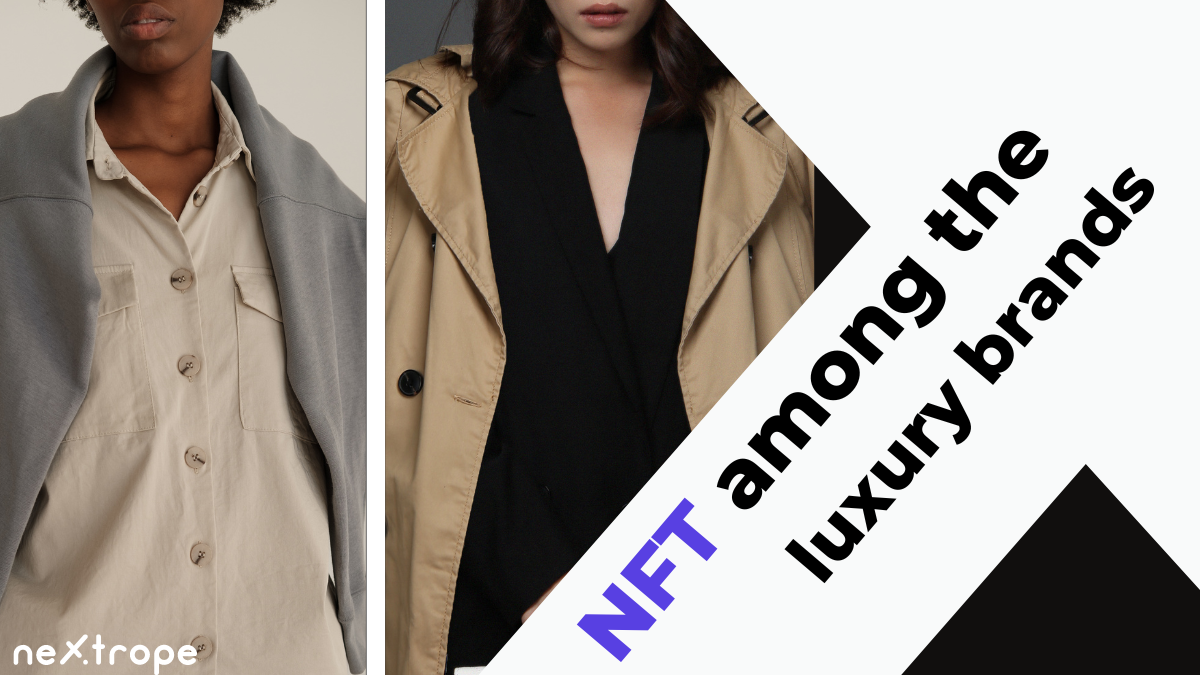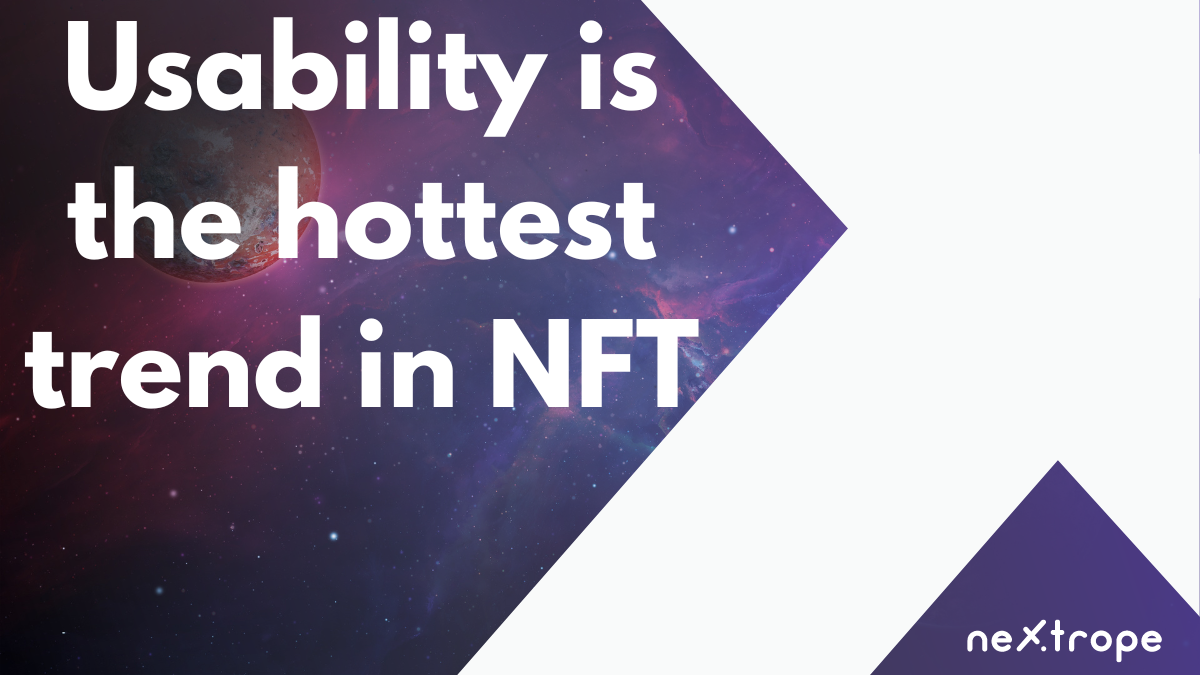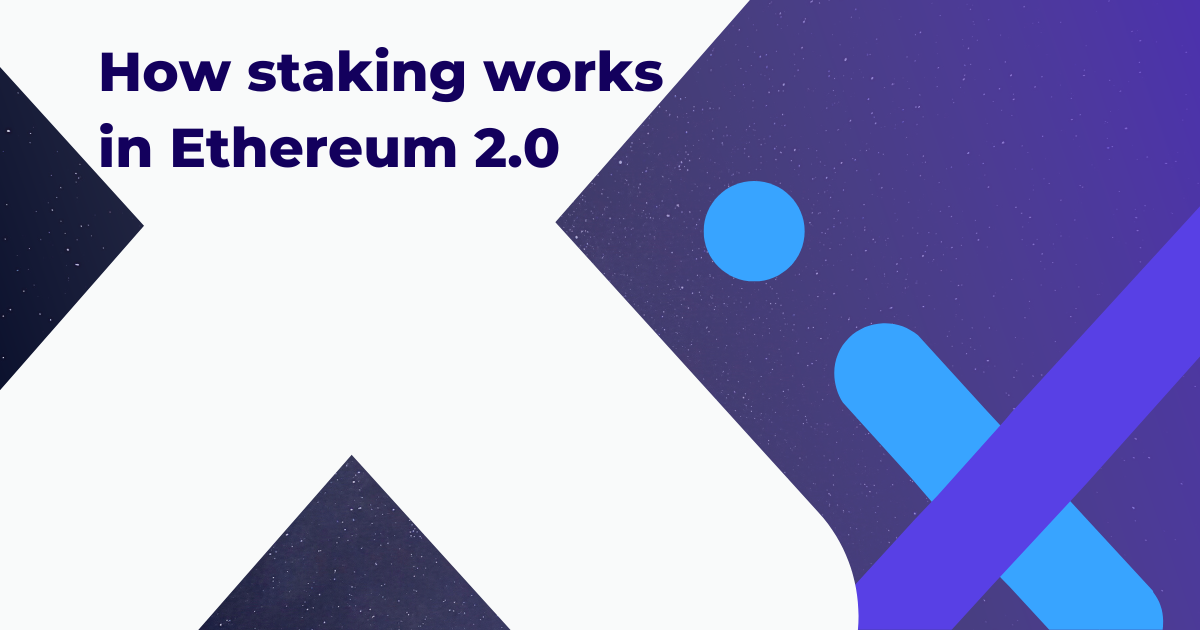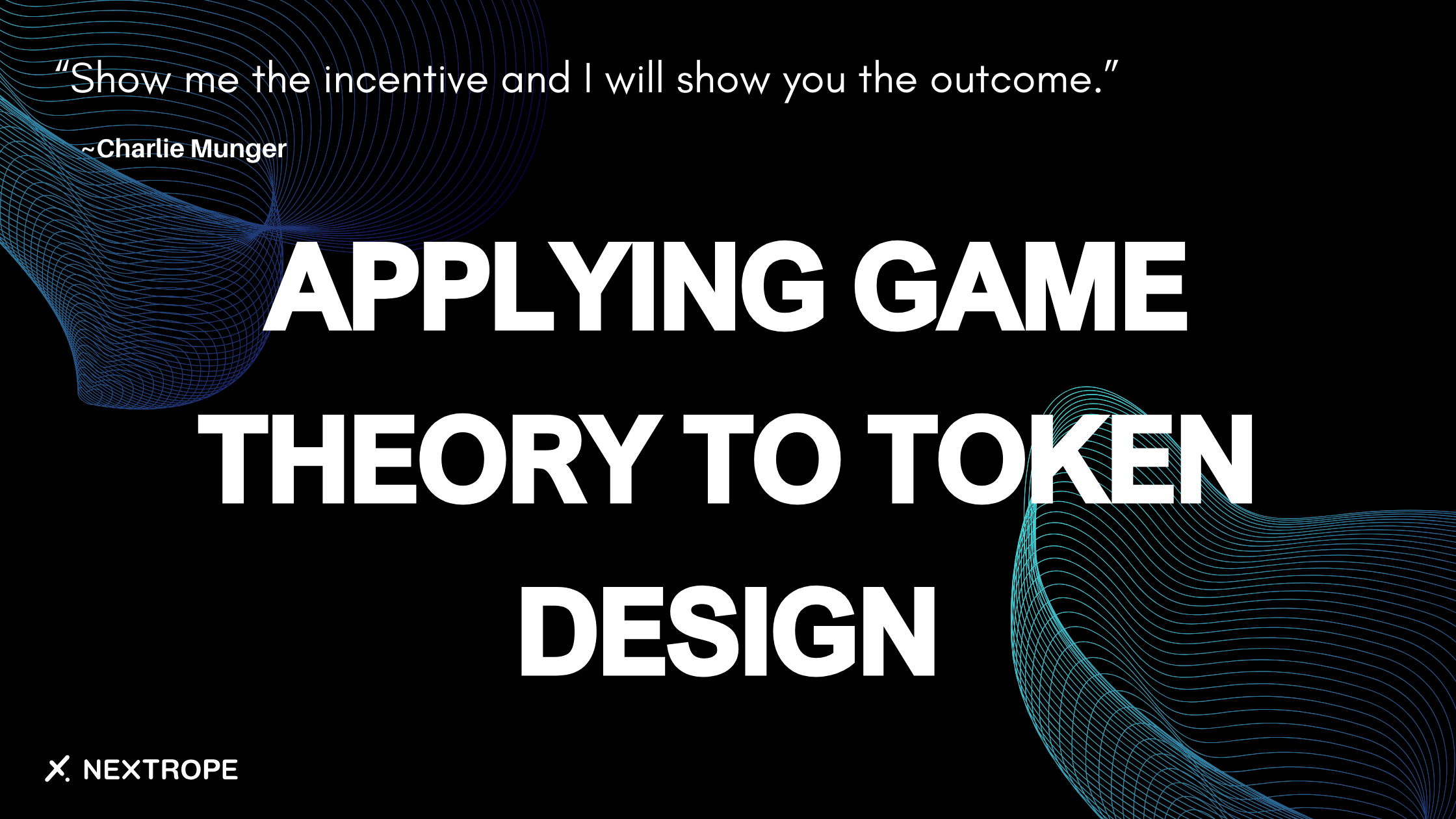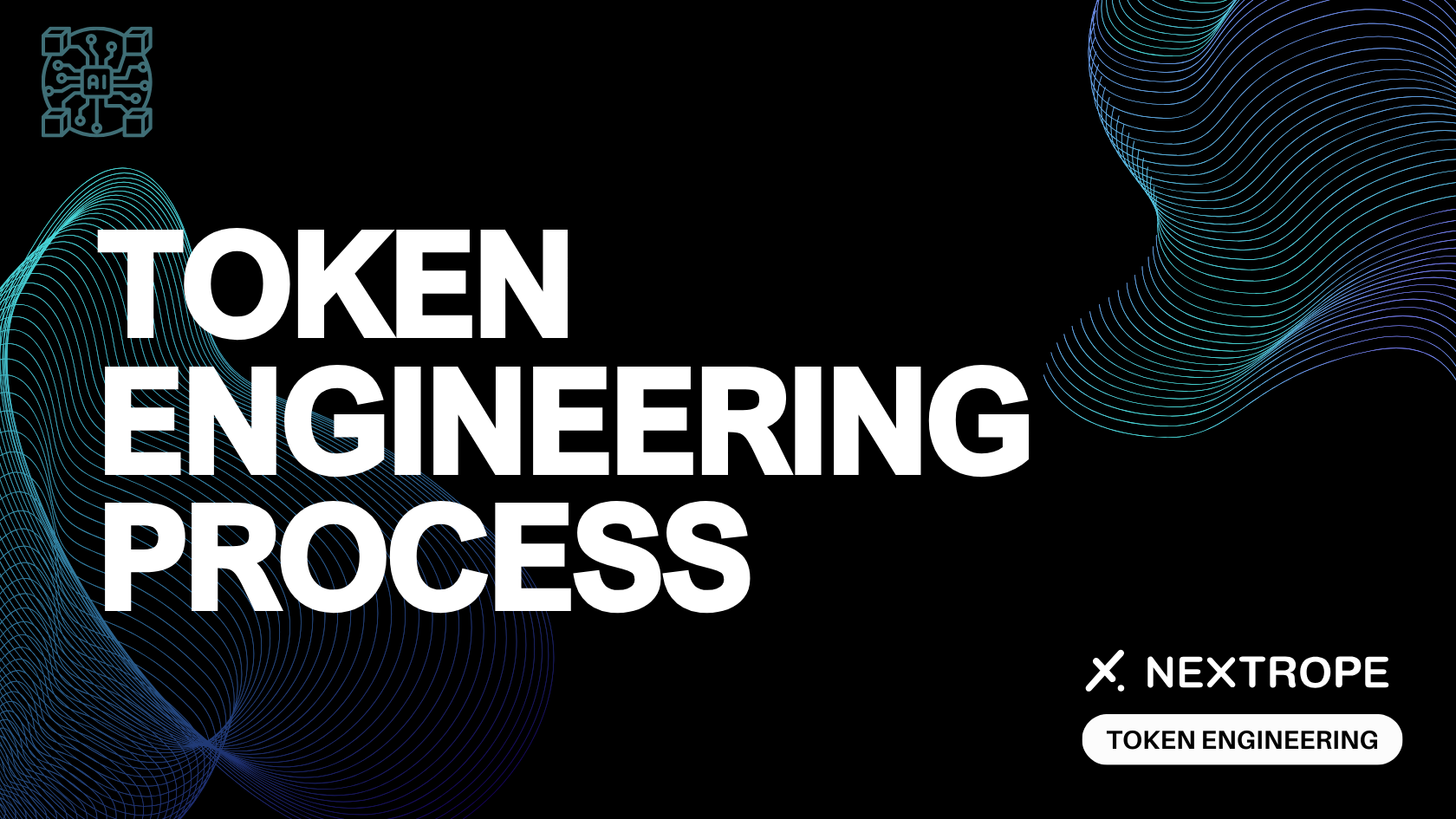- What problems does Stardust solve?
- What does Stardust provide?
- Stardust API
- Stardust payments
- Why isn't Stardust building a blockchain?
- What are Stardust's goals?
- Dark Taverns - the first Stardust game
- First good game with full Web3 functionality
- Stardust WEB 2 and WEB 3
- The future of blockchain-based gaming
Nowadays, every game developer should be able to succeed financially by selling their products. Stardust's mission is to increase the revenue of authors of such productions. Blockchain has created a paradigm shift in the monetization of video games, transforming games from closed-circuit microtransaction revenue to an open-world meta-economy monetized through the community. The Stardust project makes blockchain technology easily accessible to any developer. This is because it is a platform for authors to create blockchain-based games easily. Like PlayFab (a complete platform for live games with managed game services, real-time analytics and LiveOps), Stardust allows developers to easily create and manage NFTs in their games without needing blockchain code. Notably, the platform is available to everyone, from independent developers to AAA (games with the highest budgeting and promotion). Creating fast, secure, and scalable blockchain-based games is time-consuming and expensive for developers. What does this project offer, and why is it worth knowing? We write about it below!
What problems does Stardust solve?
The most significant advantages cited by developers when building virtual worlds with the help of Stardust are that:
- Provides developers with a solution without writing code to create and manage NFTs,
- Stardust optimizes transactions, making blockchain-based games as fast as non-blockchain games.
What does Stardust provide?
The Stardust project provides players with wallets powered by Fireblocks. It is a platform for storing, transferring, and settling digital assets. It helps guarantee the best gaming experience. Players are supposed to be able to buy NFTs with a credit card or cryptocurrency easily. The Stardust payment widget allows many different options when purchasing NFTs. The Stardust Dashboard makes it easy for any developer to create game snippets without writing code.
As part of navigating Stardust, game developers can:
- Create NFTs for their productions,
- Observe players and their inventory,
- Configure their store,
- Do without creating wallets, buying cryptocurrencies, or smart contracts.
Stardust API
The Stardust API decouples blockchain from game developers, and creating assets is as simple as a few lines of code. In addition, Stardust provides:
- No transaction signing.
- No private key management.
- Response time of 100ms.
- The processing engine takes standardized JSON data and converts it into signed blockchain transactions that are processed instantly.
This is all to provide game developers with the instant response time they need and then send and settle transactions on the blockchain. With this model and serverless architecture, millions of in-game actions can be processed simultaneously, providing big games with the speed and scalability needed to run games at total capacity. The processing engine is also completely independent of the blockchain, making it possible to process many of them simultaneously. With the Stardust API, game developers can provide trust wallets for users to log in based on username/password or social media.
Stardust payments
There are many solutions in this area - Crypto, Wyre, Ramp, etc. However, game developers need a fully integrated product that allows them to sell their NFTs directly to Fiat rather than the indirect path of Fiat -> Crypto -> NFT. With Stardust's payment widget, with just a few lines of code, developers can start accepting credit cards from Circle, Coinbase Commerce, and other currencies.
Why isn't Stardust building a blockchain?
Stardust is focused on enabling game developers to create games faster and more efficiently using NFT. Unlike authors who focus on blockchain technology - with Stardust, they can focus 100% of their resources on producing virtual entertainment. This has made Stardust an interesting option for adding value to major development studios, both native web2 and web3. Blockchains are like operating systems - each has unique advantages, disadvantages, and costs. Starting with the scalability dilemma and native web3 user interfaces, developers must consider many new factors during the implementation process. Some productions may require faster transaction speeds, while others may require greater security and flexibility regarding data stored on the blockchain. By maintaining a blockchain-independent approach, Stardust can provide game developers with the option to choose the blockchain that best suits their gaming needs. Fantastic blockchain and scaling solutions are available today - fast, flexible, cheap and secure. Stardust's product is aimed specifically at developers.
What are Stardust's goals?
In order for Project Stardust to best serve game developers, certain external theses had to be adopted. Stardust's goal is to make it as easy as possible to capture, manage and trade NFTs so that developers can focus on what they do best - making great games. Amazing blockchains and above-average teams are working on some of the world's most challenging issues. Stardust, as you can see, does not intend to compete with them but mainly to cooperate and work together to make their work easier through flexible and intuitive tools.
Dark Taverns - the first Stardust game
Dark Taverns is a free-to-play open-world MMORPG set in a fantasy environment. Players can explore the deep forest and discover mysterious creatures and items, form guilds with friends needed to fight new threats, or explore the world alone. Gamers embark on an unforgettable journey in a new virtual world they can now explore like never before. Backed by a growing 39-person development team of former Ubisoft and NCSoft employees with extensive experience in AAA games, the developer has set itself a challenging task. With the increased emphasis on player ownership, people began to look for answers to what players want to own. In the case of Dark Taverns, the game's titular tavern is the focal point of the world. Players enter the world, meet, rest, and regenerate. The team began to think about how they could create more usability for players. With the development of Web3, the concept of a virtual property went from an idea to reality. Dark Taverns is exploring what this means not only for players but also for that outside of it. There are 10,000 taverns in this virtual world, all of which are available for purchase by interested parties. Players who own a Tavern can customize its appearance, rent rooms, and hold meetings and events. The boss determines changes in tavern settings. They can have public areas that anyone can enter or be pretty private. The latter can be not only a ticket to an event but also an invitation for people outside that game area to log in and enter a private room. A tavern is a virtual space that is not only a central point of entertainment but also a place for various virtual experiences. Owners can plan concerts, comedian appearances, or gatherings for both in-game and out-of-game guests.
First good game with full Web3 functionality
With the popularity of Web3, the Dark Taverns team immediately began exploring the possibilities of the technology. Today, the team can program all the elements of Web3 on its own. Co-founder, architect, and game developer Tony Hobda said: "We knew how to do it, but finding the best way to program Web3 made it a lot less effort. Dark Taverns wants to let players experience the benefits of blockchain-based gameplay without making it mandatory or the game's focus. Players can acquire or buy items they have the right to resell in the ecosystem or mint an item and sell it on the market. Stardust is a new Web3 platform focused on the Metaverse, specifically creating solutions that integrate blockchain services, such as NFT, with video games. Its latest collaboration is "Tilting Point," an independent developer's production for mobile devices. "Tilting Point," which previously created gameplay with a free-to-play model with transactions inside, is now moving to a play-to-pay model in which players can win NFTs by entering into a virtual world competition.
Stardust WEB 2 and WEB 3
Web2 refers to the version of the Internet that most of us are familiar with today. The Internet is dominated by companies that provide services in exchange for personal information. In the context of Ethereum, Web3 refers to decentralized applications running on the blockchain. These allow anyone to participate without making money from their data.
The benefits of WEB 3 are as follows:
- Everyone on the network has permission to use the service - in other words, no licenses are required,
- No one can take away a user's right to participate in web3,
- ETH tokens as forms of payment - an additional benefit is the flexibility of this solution, which allows for expansion and programming of further functionality.
WEB 3 disadvantages:
Web3 now has some limitations. First, scalability - transactions in web3 are slower because they are decentralized. State changes, such as payments, must be processed by "miners" and distributed across the network.
Second, UX -interaction with web3 applications may require additional steps, software, and education. This can present some obstacles. And third, cost - most successful applications place tiny pieces of code in the blockchain because it is expensive.
The future of blockchain-based gaming
The gaming sector itself is growing faster than the film industry. So it's no surprise that NFT and blockchain are being used to improve the industry. As of today, there are more than 1,450 games that have been developed on blockchain technology. The success of significant titles, e.g., Axie Infinity, shows that the cryptocurrency and gaming industries complement each other well. Unfortunately, larger gaming studios are holding back on investing in and producing such titles due to cryptocurrency laws and regulations. Let's hope that the situation will change to a more liberal one in time.
 en
en  pl
pl 
